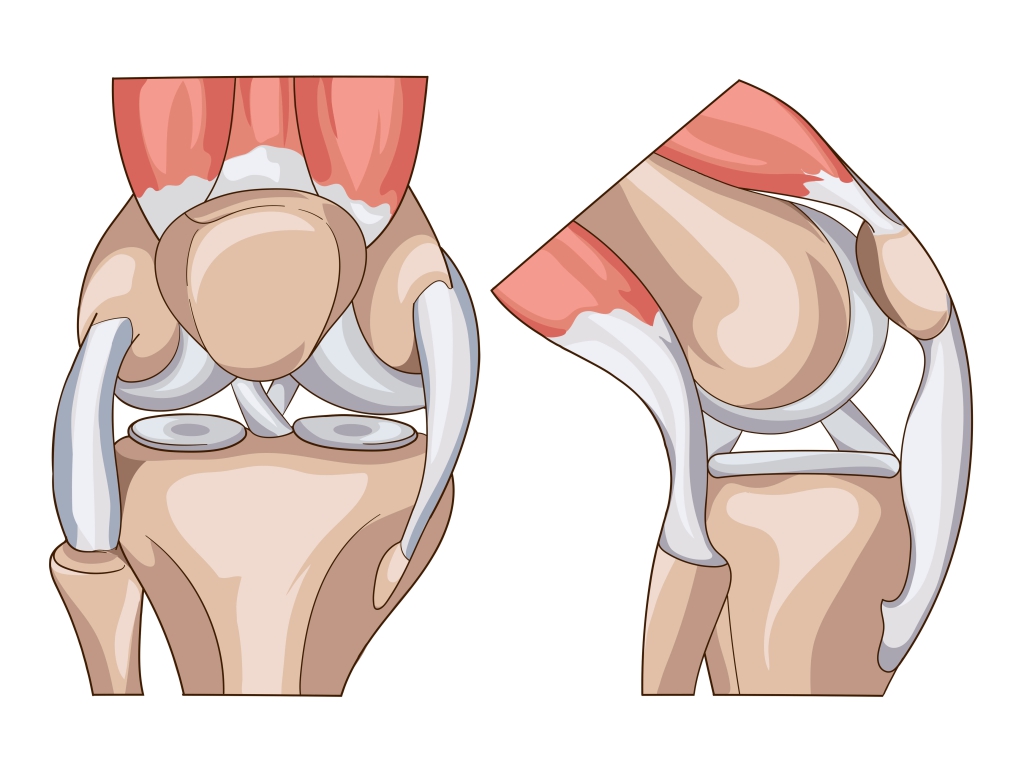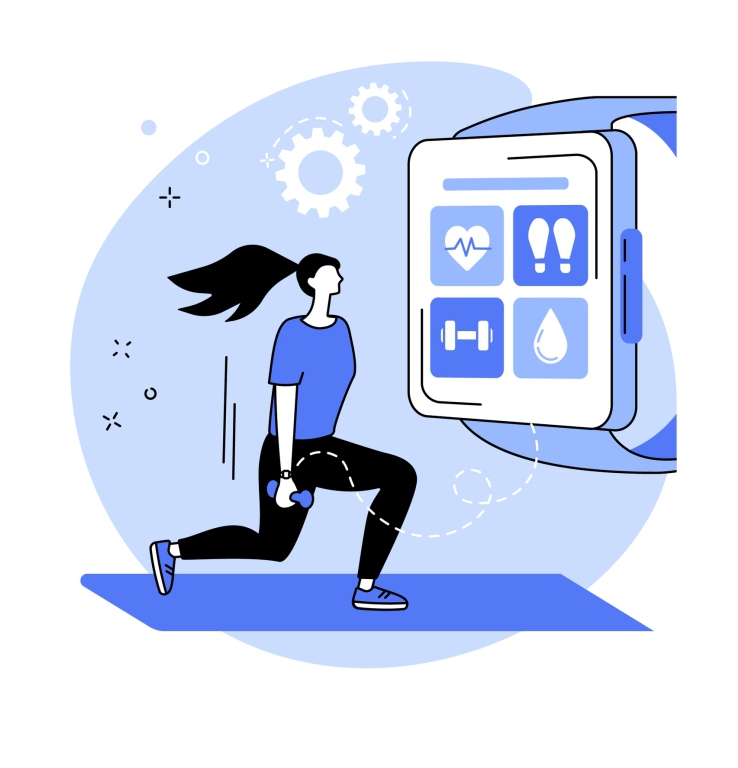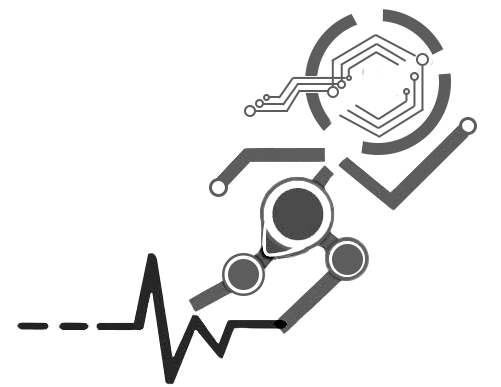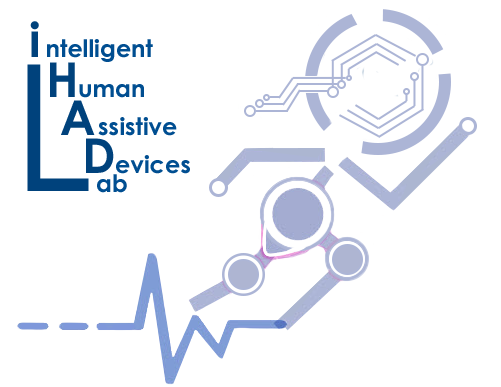Wearable Technologies
Disease diagnosis and monitoring using conventional healthcare services is typically expensive and has limited accuracy. Wearable health technology based on flexible electronics has gained tremendous attention in recent years for monitoring patient health owing to attractive features, such as lower medical costs, quick access to patient health data, ability to operate and transmit data in harsh environments, storage at room temperature, non-invasive implementation, mass scaling, etc. This technology provides an opportunity for disease pre-diagnosis and immediate therapy. Wearable sensors have opened a new area of personalized health monitoring by accurately measuring physical states and biochemical signals. We use advanced materials, manufacturing methods, and artificial intelligence (AI) in the development of wearable sensors. The ultimate goal is to develop point-of-care solutions for diagnosis and monitoring health conditions.




